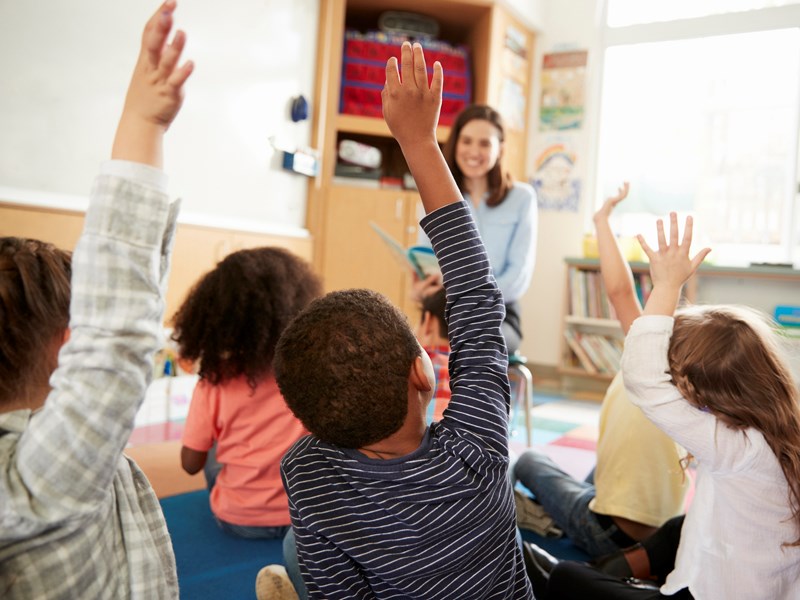You are looking for the form the principal just requested and have no idea where to look.
“I know it has to be around here somewhere,” you mutter while desperately digging through your desk, filing cabinet, bookcase, storage compartments and 20 other places you pile things in the classroom.
Students are observing your rummaging and desperation to find what you need. They are becoming restless and bored, a perfect opportunity for them to take control over the classroom and start behaving badly.
After long and lazy days, school is starting again. This is the time when most teachers feel overwhelmed with the amount of preparation and hard work necessary in order to achieve the best possible outcome for their students and themselves. Here are some organizing tips:
1. Organize your desk
This is the hub of the classroom and needs to be organized and functional. Position the desk so you can see the classroom and try to keep items on your desk to a minimum. You want to model good organizing skills for the students.
2. Invest in containers and trays
Use plastic trays with compartments that fit in your desk drawer to hold pencils, pens, a calculator, stickers, glue, a stapler or anything small that will help you get organized. Buy containers to hold bigger things such as papers, pictures, numbers, letters, rocks, et cetera.
3. Design your classroom
Every teacher has their own unique way of setting up the classroom. Some use the horseshoe style, some prefer group learning stations, and some prefer theatre style. It doesn’t matter what style you choose as long you and the students are comfortable and functional. Start the school year in an organized and functional classroom where everyone feels energized and creative. In the cluttered classroom, children might feel anxious, frustrated and lethargic.
4. Personalize your classroom
To create a welcoming environment for students and parents, many teachers add a personal touch by sharing pictures of their family, pets, hobbies and favourite vacation. Give each child a few minutes to share one fun activity they did during summer. Ask them to write and illustrate their summer story.
5. Keep a routine
It is no secret that a routine is the best course of action when it comes to managing and organizing the classroom. The first day of school is when routines begin, but you need to know how you want the room to run before school starts. You have many able-bodied and willing students who want to help, so enlist them. They can help put things away, clean up and wipe boards. Remember, children are eager to please their teacher. Don’t forget to praise and reward them for a job well done.
6. Be a role model
Some students might come from a dysfunctional environment where organization and creativity is not fostered. In that case, you are a positive role model.
7. Learn from colleagues
Become friendly by visiting your organized colleagues to learn a few tips. Teachers are people who like to teach, share and make a difference.
Ranka Burzan owns a professional organizing company based in Powell River and has written several books on reducing clutter and becoming more organized. For information, go to solutionsorganizing.com.



